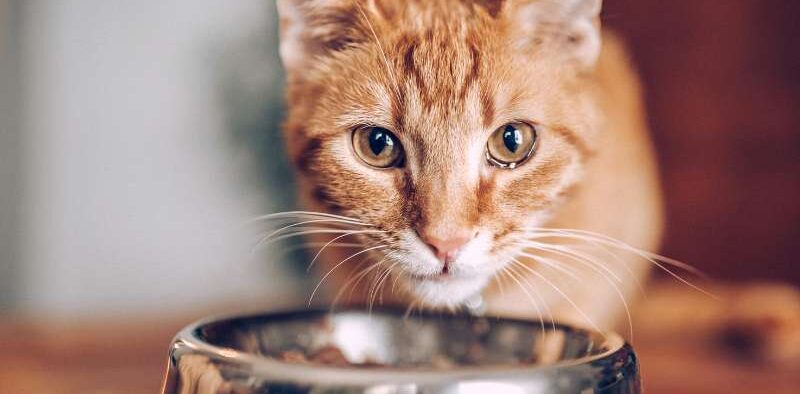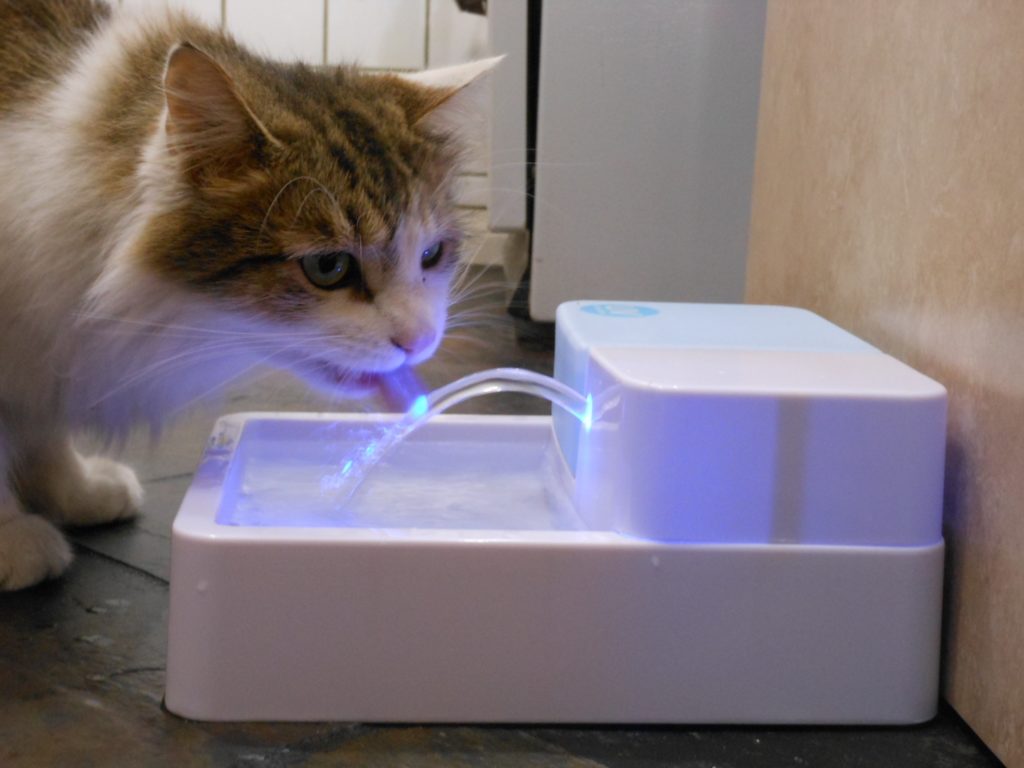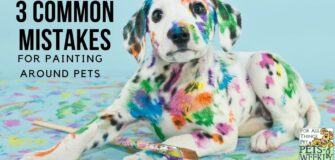BioFilm on Pet Bowls – What it is and How to Clean
Share

Have you ever wondered about that “slimy coating” in your pet’s water bowl? Here in Arizona, it’s especially important to keep these bowls clean or you could wind up with a lot of hard water toxins and a nasty thing called biofilm.
What is Biofilm?
Biofilm is a collection of good and bad bacteria along with lots of inorganic microorganisms. This combination of living organisms settles on the bottom and sides of your pet’s water bowl, creating a sticky, slimy film.
Biofilm can appear in a wide variety of colors and designs, and it’s not something you want to see in your pet’s bowl. Biofilm in pet bowls refers to a thin, slimy layer of microorganisms, including bacteria, that can develop on the surface of the bowl over time. It is a common issue and can lead to potential health risks for pets if not properly managed.
Where is Biofilm in Pet Bowls Most Common?
Biofilm can develop in any type of pet bowl, whether it’s made of plastic, stainless steel, ceramic, or other materials. It tends to thrive in moist and nutrient-rich environments, making pet bowls, which often have food remnants and water residue, an ideal breeding ground for biofilm.
In Arizona, biofilm often includes a special addition of hard water minerals and salts that can add to the problem. This accumulation of salts and minerals from our water looks like a white line along the side of your pet’s water bowl.
When combined with biofilm, it can create health problems for your pets.

Causes of Biofilm
Several factors contribute to the formation of biofilm in pet bowls. From the water quality to your pet’s dental health, the reasons why they can occur are
Residual Food and Water
Leftover food particles and standing water in bowls provide nutrients for microorganisms to grow.
Irregular Cleaning
Inadequate or irregular cleaning of pet bowls allows bacteria to accumulate and form biofilm.
Material of the Bowl
Certain materials may have microscopic scratches or pores where bacteria can adhere and multiply.
Dental Health
When Brock and Bree were in our lives, we rarely had issues with biofilm developing on the dog fountains. However, Maya already appears to have a few dental issues, which we are keeping an eye on. In the meantime, between dental chews and regular brushing, we add a water-film supplement designed to decrease the occurrence of biofilm in her bowls.
We are always on the lookout for effective supplements, and this one seems to work. These Pet Water Drops do seem to decrease the amount of biofilm on our pet fountains, while also contributing to better dental health.
Is Biofilm on Pet Bowls Really Bad?
Nothing is 100% good or bad, but in the case of biofilm, there is more bad than good. Not only does it create the perfect environment for dangerous bacteria like Listeria, E. coli, Legionella, and even Leptospirosis – it also makes your pet not want to drink their water.
In Arizona, a pet that refuses to drink their water is already in a very dangerous situation. Water is life in the desert and it’s important to do all you can to encourage your pet to drink as much as they can. This is most easily accomplished by keeping water bowls very clean, incorporating pet fountains (these really encourage pets to drink by mimicking moving water in nature) and ensuring that you keep your fountains clean.
How to Remove Biofilm from Pet Bowls
Biofilm is not something that can be rinsed out. In order to effectively remove the slick mess, you’ll need to scrub the bowls or pet fountains with warm, soapy water.
It’s suggested that you do a thorough cleaning each week, but if you’re seeing this film develop quickly, you may need to wash bowls daily.
How to Avoid Biofilm in Pet Bowls
There is no real way to avoid this accumulation. Unfortunately, our pet’s mouths just naturally excrete chemicals that create a perfect recipe for biofilm. However, using the proper dishes and/or a pet fountain can help you avoid the worst of it.
Rotate Bowls
Have multiple sets of bowls and rotate them to ensure that one set can be thoroughly cleaned and dried while the others are in use.
Clean and Disinfect Regularly
Periodically disinfect pet bowls by soaking them in a mild bleach solution (follow dilution instructions) or using pet-safe disinfectants
Choose the Proper Materials
When selecting a pet bowl, it’s best to avoid plastic. Plastic can create acne on your dogs and cats chins, which can become also become a health problem. Opt for smooth, non-porous bowl materials like stainless steel or glass that are less prone to microscopic scratches and provide fewer opportunities for bacteria to cling. Stainless steel or ceramic bowls are also an excellent option (and can help your pet avoid plastic-related chin acne). For water bowls, it helps dramatically to use a pet fountain.
Fountain-type bowls keep the water moving and filtered. For our pets, this is especially important. Not only do they improve water intake (pets love drinking out of moving water), they also help keep biofilm at bay.
Avoid Plastic Bowls or Fountains
When choosing a fountain, read the reviews. The fountain should be easy to clean and simple to change out filters. One of the better known fountains is from Drinkwells pet fountains (Drinkwells is now a subsidiary of PetSafe).
There are also water bubblers if your pet tends to avoid streams of water. We love the newest stainless steel bubbler from CatIt!
But, there are many different types of fountains and it’s best to choose one that your pets love even if it doesn’t meet every protocol for cleaning. The fountain shown below contains a UV filter that helps purify the water and inhibit the growth of biofilm.

Whether you choose bowls or fountains for your pets, it’s critical that they have 24-hour access to clean water. The Sonoran desert is unforgiving and if your pets decrease their water consumption, it can quickly lead to expensive and often tragic issues with their kidneys and liver.
Water helps keep your pets cool and gives them the resources they need to survive in our desert environment!










